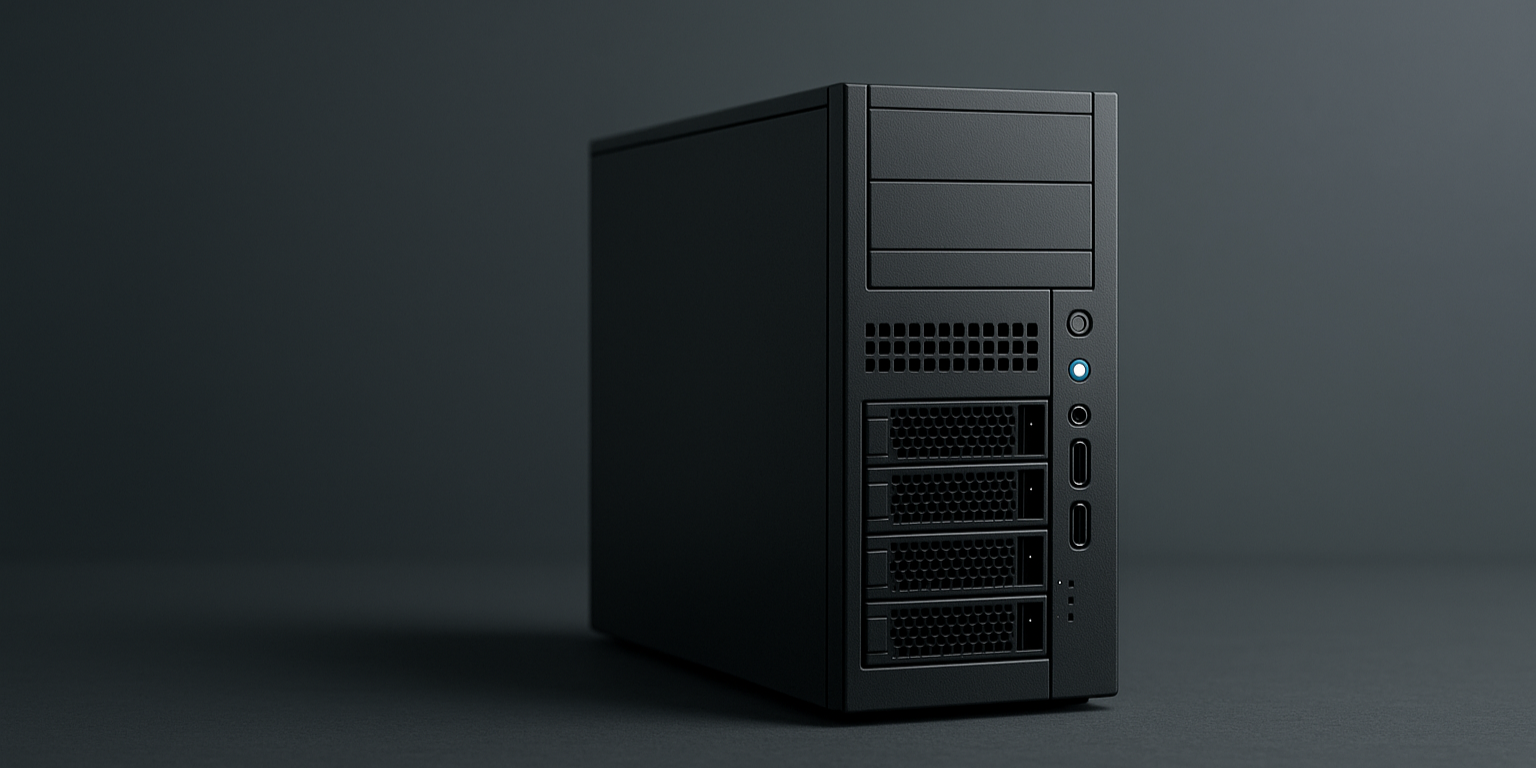Marketing automation is quietly reshaping how small restaurants operate, compete, and grow. While larger chains have long used data-driven systems to streamline operations, independent restaurants are now adopting similar tools to manage customer engagement, loyalty programs, and digital campaigns, often with fewer resources and tighter margins.
For founders in the restaurant space, automation isn’t about replacing the human touch. It’s about freeing up time, reducing manual errors, and creating smarter workflows that support growth. Whether it’s automating reservation confirmations, segmenting email lists, or tracking customer behavior across platforms, these tools are helping small businesses stay competitive in a fast-moving market.
Why Marketing Automation Matters for Restaurants
Restaurants operate in a space where timing, consistency, and customer experience are everything. Unlike digital-first businesses, they rely heavily on local engagement and repeat visits, which means marketing efforts must be both personal and efficient. Marketing automation helps founders meet these demands by streamlining communication, reducing manual tasks, and allowing teams to focus on service rather than logistics.
One of the biggest advantages is the ability to maintain visibility without constant oversight. A small restaurant can schedule promotions, send reminders about upcoming events, or share seasonal menu updates automatically, keeping customers engaged even during off-peak hours. This kind of consistency builds trust and keeps the brand top of mind, especially in competitive neighborhoods where diners have plenty of options.
Automation also supports smarter decision-making. Founders can track which campaigns drive foot traffic, which offers get redeemed, and which channels perform best, all without manually compiling data. This feedback loop allows for quick adjustments and more targeted messaging, helping restaurants stay agile in a market that shifts quickly. It’s not just about saving time; it’s about making every minute and dollar spent on marketing more effective.
For restaurants with limited staff or budget, automation levels the playing field. It enables small teams to run sophisticated campaigns that would otherwise require dedicated marketing personnel. Whether it’s segmenting email lists, triggering loyalty rewards, or syncing with reservation platforms, these tools help founders operate with the precision of larger competitors, without sacrificing authenticity or control.
Applications That Drive Growth
One neighborhood café used marketing automation to streamline its birthday rewards program. Instead of manually tracking customer birthdays, the system automatically sent personalized offers a week in advance, increasing redemption rates and foot traffic. Another quick-service restaurant integrated its point-of-sale system with a CRM, allowing it to segment customers by order history and send targeted promotions, boosting lunch sales during weekdays.
These kinds of applications aren’t limited to tech-savvy founders. Many platforms now offer intuitive dashboards and plug-and-play integrations that make marketing automation accessible to small teams, even those without dedicated IT support. Restaurant owners who previously relied on handwritten logs or manual spreadsheets are now using cloud-based systems to manage customer outreach, loyalty programs, and seasonal promotions, all with just a few clicks.
One independent pizza shop in Austin began using a simple automation tool to send weekly SMS updates about rotating specials. The system pulled data from their POS and automatically triggered messages to customers who had opted in. This small shift helped increase repeat orders and reduced the need for staff to manually manage outreach. Another café in Portland synced its reservation platform with an email marketing tool, allowing it to send personalized thank-you notes and post-visit surveys without any extra effort from the team.
Delivery integration has also become a major win for small restaurants. A Thai takeout spot in Chicago connected its ordering system with a marketing dashboard that tracked customer frequency and average spend. Based on that data, the owner set up automated discount codes for high-value customers and re-engagement messages for those who hadn’t ordered in a while. These efforts helped stabilize revenue during slower months and improved customer retention.
The goal behind these integrations isn’t to replace hospitality, it’s to reduce friction and improve the experience. Whether it’s confirming reservations, sending updates about wait times, or offering tailored promotions, automation allows restaurants to stay responsive without overwhelming their staff. Founders who embrace these tools often find they can maintain a high-touch brand while scaling their operations more efficiently.
In some cases, automation has even helped restaurants navigate staffing challenges. By automating certain front-of-house communications, teams can focus on service rather than juggling phones or emails. This shift has sparked broader conversations about how automation changes job security in different sectors, especially in industries where human interaction is central.
Balancing Efficiency with Personalization
One concern among restaurant founders is losing the personal touch that defines their brand. Marketing automation, when used thoughtfully, can actually enhance personalization. Instead of generic blasts, restaurants can send tailored messages based on customer preferences, visit patterns, or feedback.
A farm-to-table restaurant that tracks seasonal preferences might send updates about new menu items aligned with a customer’s past orders. A wine bar could automate pairing suggestions based on previous purchases. These interactions feel personal, but they’re powered by data and automation behind the scenes.
The key is to use automation as a support system, not a substitute. Founders who treat it as a tool for amplifying their brand voice, rather than replacing it, tend to see stronger results. It’s not about removing the human element; it’s about making it more consistent and scalable.
Smarter Systems, Stronger Restaurants
As marketing automation becomes more accessible, small restaurants are finding new ways to integrate it into daily operations. From SMS campaigns to automated feedback requests, the possibilities are expanding. Some founders are even exploring advanced tools like AI-powered chatbots to handle reservations or answer FAQs, especially during peak hours.
These innovations aren’t just about convenience, they’re about building resilience. Restaurants that adopt automation early often find themselves better prepared to adapt to market shifts, customer demands, and operational challenges. The impact of custobots on supply chains shows how automation is influencing even the back-end of restaurant operations, from inventory to vendor coordination.
It’s understandable that some founders may feel overwhelmed by the options or unsure where to start. But even small steps, like automating a weekly newsletter or setting up a basic loyalty program, can lead to measurable improvements. The goal isn’t perfection; it’s progress.
Marketing automation is no longer reserved for enterprise brands. It’s becoming a practical, powerful tool for small restaurants looking to grow smarter, serve better, and compete with confidence.










